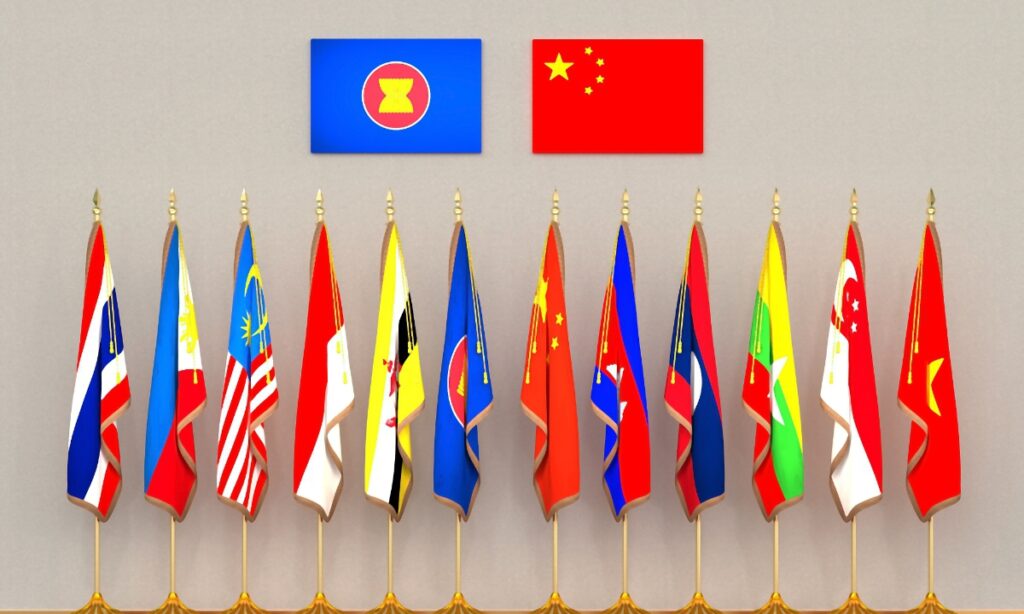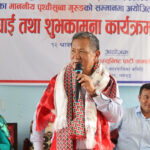Region carries hope to drive global economic development: expert
A series of ASEAN-related meetings and bilateral sideline talks have been held in Vientiane, capital of Laos in recent two days, as foreign ministers from ASEAN and the Asia-Pacific region gathered to discuss shared concerns and emphasize unity amid rising global uncertainties.
Chinese Foreign Minister Wang Yi’s busy schedule in Laos, which included discussions on China-ASEAN relations, regional development and major global issues, demonstrated that despite geopolitical tensions and competition among major countries, dialogue and cooperation with an open China remain attractive to other nations.
As instability grows globally and interference from external countries intensifies, especially on the South China Sea issue, ASEAN countries are placing greater emphasis on regional unity and prioritizing cooperation with China and other major countries, rather than being drawn into small cliques that could undermine regional collaboration, analysts said.
Wang, also a member of the Political Bureau of the Communist Party of China (CPC) Central Committee, attended the ASEAN Post-Ministerial Conference with China, together with the ASEAN foreign ministers or their representatives and Secretary-General of ASEAN Dr. Kao Kim Hourn on Friday in Vientiane.
During the meeting, Wang outlined the fruitful achievements made between China and ASEAN in various aspects from trade and investment to people-to-people exchanges and energy cooperation. For instance, China has remained ASEAN’s largest trading partner for 15 consecutive years, while ASEAN has become China’s largest trading partner for four years straight, with bilateral trade growing 10.5 percent year-on-year in the first half year of 2024.
The ASEAN Foreign Ministers’ Meeting and related events were held against the backdrop of sluggish global economic growth and protracted geopolitical conflicts. All parties hope to turn this region into a driving force for global economic development and to activate new momentum for international cooperation, Xu Liping, director of the Center for Southeast Asian Studies at the Chinese Academy of Social Sciences, told the Global Times.
ASEAN is a priority direction and key region for the high-quality joint construction of the Belt and Road Initiative, and it is also one of the first regions to benefit from China’s efforts to advance high-level opening-up, Xu said.
The expert noted that Wang’s visit to Laos, which is also his first overseas visit after the third plenary session of the 20th CPC Central Committee, as well as his extensive exchanges with ASEAN foreign ministers, will promote the implementation of reform measures proposed by the session and further deepen China-ASEAN cooperation.
Growing challenges
The 57th ASEAN Foreign Ministers’ Meeting started in Vientiane on Thursday, followed by meetings with East Asian countries and other global players, including Russia, the US, and the EU. According to the Chinese Foreign Ministry, from Thursday to Friday, Wang Yi held bilateral meetings with the foreign ministers of Russia, India, Japan, South Korea, the UK and Norway on the sidelines of the ASEAN-related meetings.
Chinese Foreign Ministry spokesperson Mao Ning said on Friday that Wang will also meet with US Secretary of State Antony Blinken in Laos at the latter’s request. Although Mao did not provide specific information on the time and other details of the meeting, she said that it is believed Wang and Blinken will exchange views on issues of mutual concern.
According to Xu, the ASEAN-related meeting and sideline talks have become a crucial platform for China to engage in bilateral diplomacy and participate in multilateral cooperation. Over the years, China has consistently prioritized its neighboring regions in its diplomatic strategy, actively articulating its perspectives on the international stage and expanding its global influence.
Some analysts noted that China’s stance on settling disputes through dialogue was clearly demonstrated in Wang’s interactions with other countries’ diplomats during the sideline talks, aligning with ASEAN’s common aspirations.
For example, Wang met with Indian External Affairs Minister Subrahmanyam Jaishankar in Vientiane on Thursday, and the two sides agreed to jointly commit to maintaining peace and tranquility in the border areas and promote new progress in border affairs consultations.
Qian Feng, director of the research department at the National Strategy Institute at Tsinghua University, said that the latest remarks of the Chinese and Indian top diplomats on the border issue underscore both countries’ commitment to resolving border disputes through diplomatic channels and dialogues, despite existing divergences. Such efforts to prevent differences from escalating into conflicts is particularly important given the current international context.
The current global instability makes peace in Asia, especially Southeast Asia, particularly valuable. Most ASEAN countries cherish their hard-earned peace and wish to avoid conflicts like those in Europe, Gu Xiaosong, dean of the ASEAN Research Institute of Hainan Tropical Ocean University, told the Global Times.
Foreign ministers of China and majority regional countries have emphasized the importance of peaceful dispute resolution, agreeing that war would disrupt the region’s economy. Many also expressed a strong desire to prevent the escalation of the South China Sea situation through dialogue and cooperation, aiming to maintain regional peace and stability, Gu said.
However, analysts noted that efforts by China and most ASEAN members to resolve South China Sea issues through dialogue, as well as ASEAN’s efforts to strengthen unity, have faced provocations from external interference. For example, the US and some of its allies have intensified attempts to draw ASEAN countries into their small cliques and back the Philippines in its provocations over South China Sea issues, raising concerns in the region.
Most Southeast Asian countries have expressed a strong willingness to maintain peace and stability in the South China Sea, which will positively influence the current tense situation to some extent, said Liu Chang, a research fellow from China Institute of International Studies.
Liu said that US Secretary of State Blinken’s meeting with ASEAN foreign ministers and visit to Southeast Asia are unlikely to yield significant results. “Until the dust settles on the US presidential election, Southeast Asian countries are expected to be more cautious in their cooperation with the US.”
ASEAN will continue to emphasize its collective stance, adhering to its existing foreign policy and avoiding taking sides in major power rivalries. This reflects ASEAN’s determination to uphold regional peace and stability while remaining vigilant against potential instability from major power conflicts, said observers.
GT




